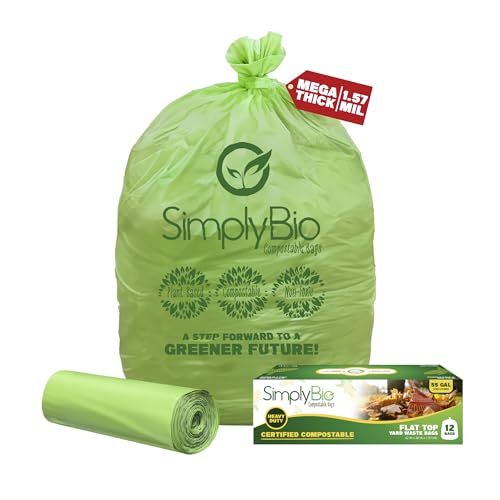How to compost in NYC – the new mandatory regulations you need to know about, plus what can and can't be composted in the city
Curbside Composting is a program making it obligatory for residents to separate compostable items in their trash

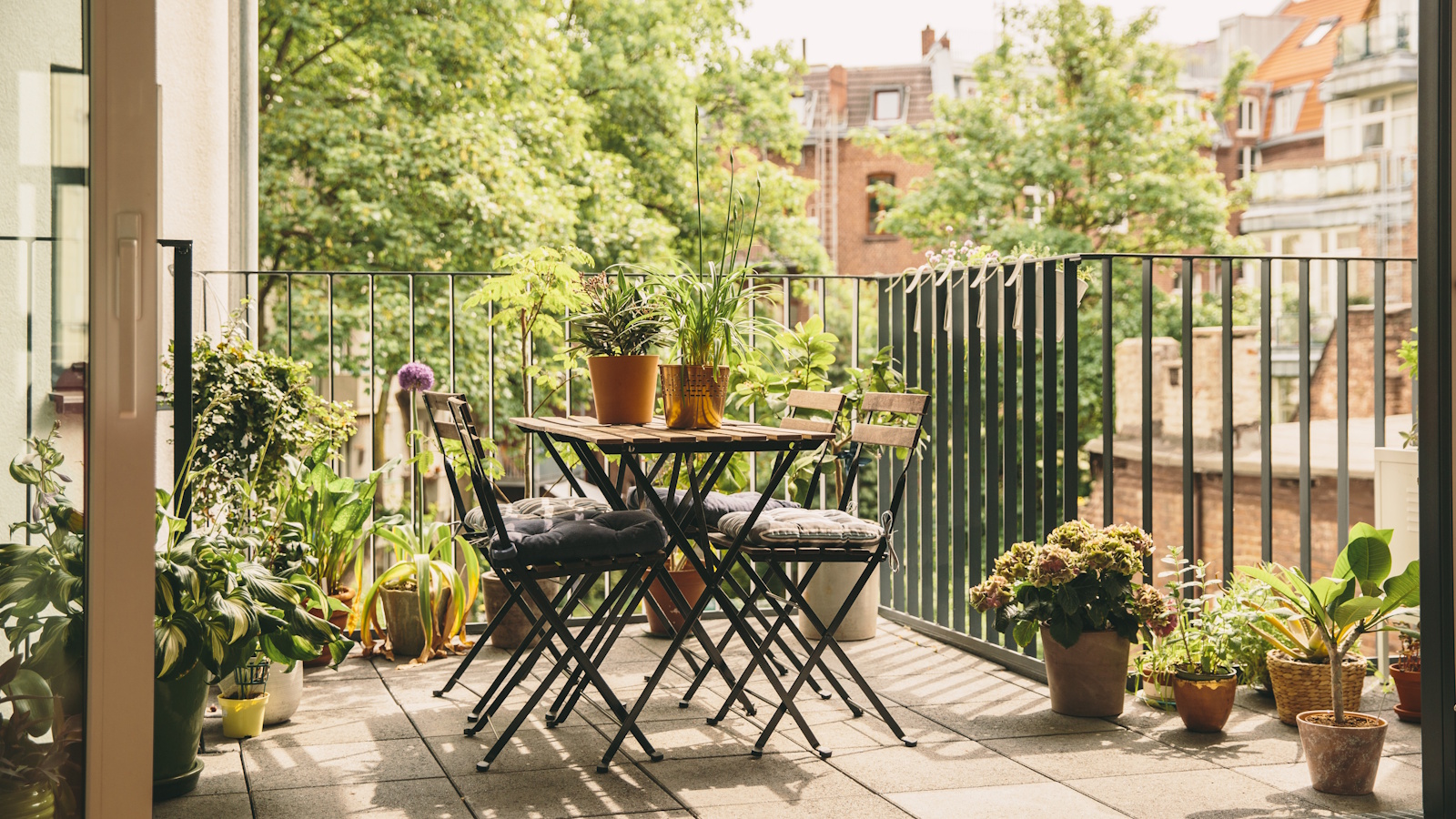
As of 1 April 2025, it is mandatory for residents of New York City to compost certain waste items. This is part of a program run by the Department of Sanitation (DSNY) called Curbside Composting.
The program aims to educate residents on making compost, and also redirects organic waste from landfills to repurpose into nutrient-rich soil for local landscaping, gardens, and other projects. Curbside Composting requires residents to separate food waste, yard waste, and other compostable items, to be collected for this purpose. In the second week of April alone, the city collected 3.6 million pounds of compost.
Originally, there were fines in place for non-compliance, but this was paused last week while the DSNY continues to educate residents about the importance of composting. Nevertheless, it remains mandatory to compost in NYC. Composting in an urban garden environment is challenging, but never fear. We've broken down the NYC composting rules and regulations you need to know, including what you can and can't put in your compost bin.
What are the composting regulations in NYC?

NYC's Curbside Composting requires yard waste, food waste, and food-soiled paper to be separated from other household trash.
As indicated on the DSNY's website, 'As of April 1, 2025, property owners may receive a fine if compostable material is not separated from trash.' The scheme initially launched without mandatory enforcement in October 2024.
These fines started from $25 for a first offense, but fines have recently been paused for smaller buildings to focus on educating residents and 'facilitate even higher participation,' says Mayor Eric Adams.
Currently, only buildings with four or more units are eligible for fines, but composting remains mandatory for all residents in the city regardless. It is expected fines for all non-complying residents will return in 2026.
Design expertise in your inbox – from inspiring decorating ideas and beautiful celebrity homes to practical gardening advice and shopping round-ups.
The rules require residents to place compostable waste into a labelled compost bin or the DSNY brown bin. It needs to be '55 gallons or less with a secure lid,' and it is advised to 'line with a clear plastic, paper, or compostable bag to help keep it clean,' according to the DSNY's website.
It is also indicated that any 'extra leaf and yard waste can be put in a paper lawn and leaf bag or clear plastic bag,' and 'twigs and branches can be bundled with twine and placed next to bins and bags.'
This composting waste is collected on the usual recycling bin day in each area.
Shop NYC Curbside Composting essentials
What to compost in NYC
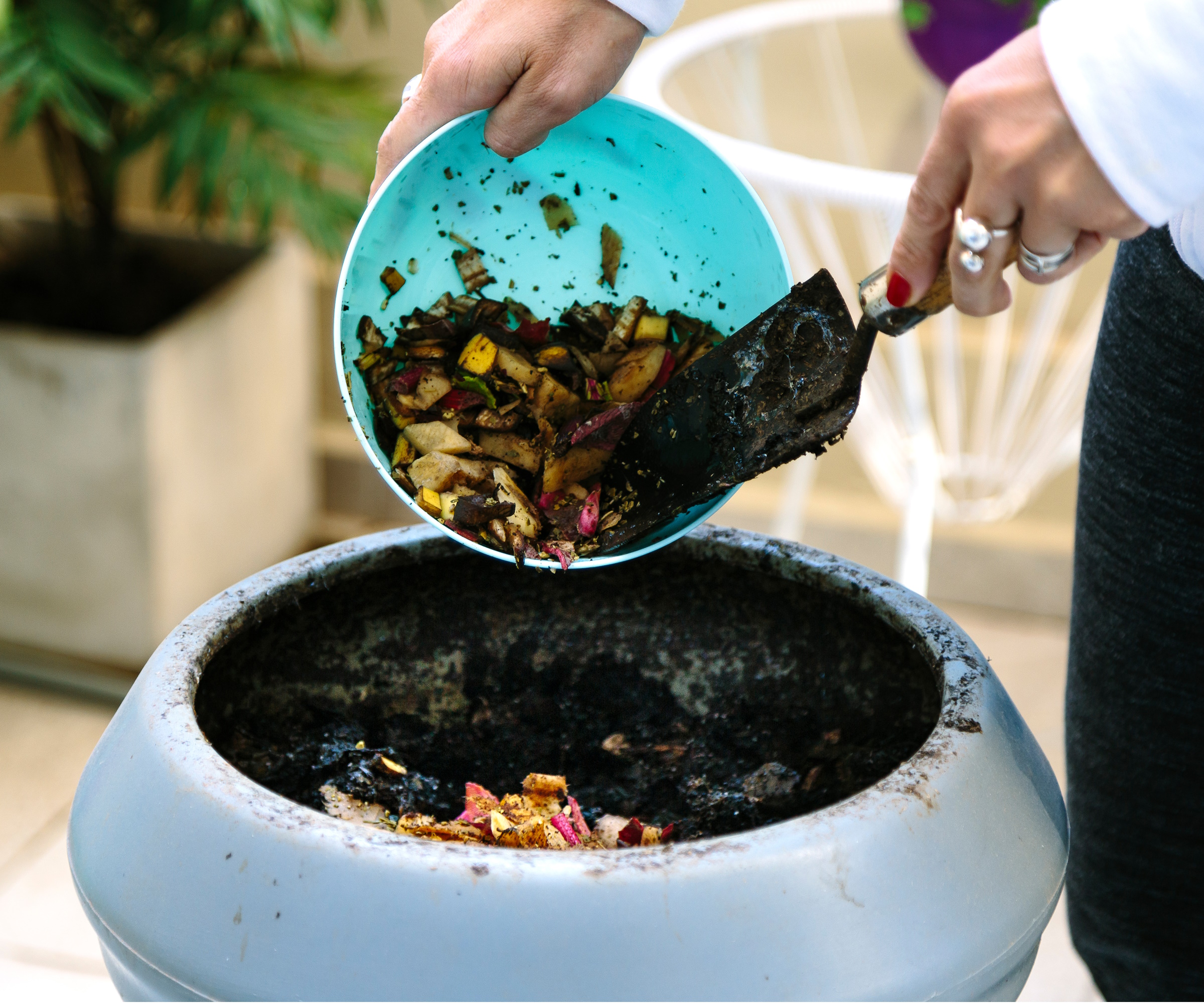
When it comes to what to compost in NYC, the list is more extensive than you might first expect. After all, there are plenty of unusual composting ingredients to keep in mind.
The list on Curbside Composting information page notes the following can all be put in your compost bin:
- All leaf and yard waste, including reusing your Christmas tree for composting and any flowers
- All food scraps, including meat, bones, shells, and dairy products
- Cooked foods
- Greasy, uncoated paper plates and pizza boxes
- Any products labeled as compostable, including tea bags that are compostable
What not to compost in NYC
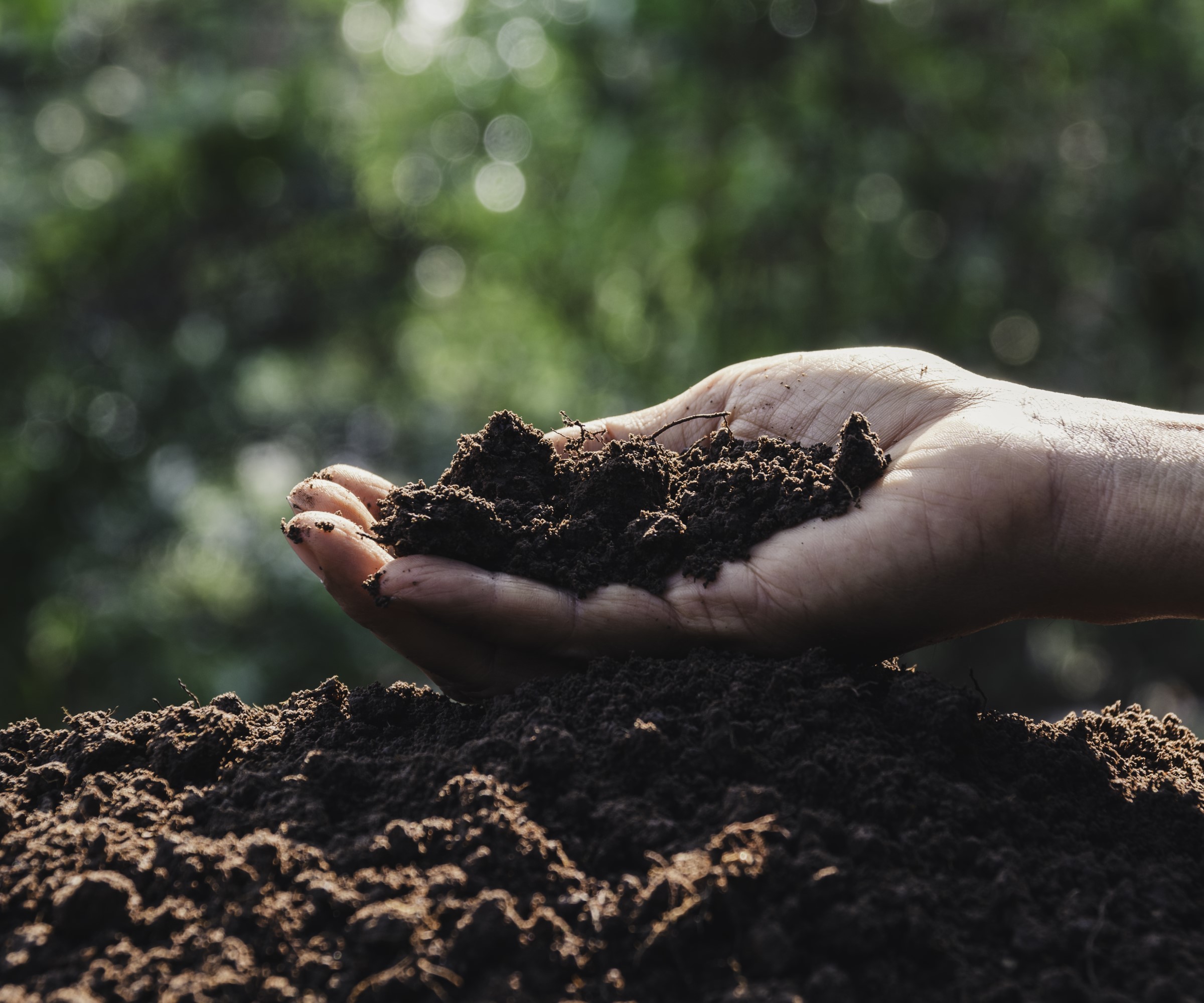
The regulations likewise outline certain things to never add to the compost bin. Not only would it be a composting mistake to add the following items to your compost bin, it will also hinder the efforts of the program:
- Wrappers
- Pet waste
- Medical waste
- Diapers
- Foam
- Personal
- Hygiene products
- Metal glass
- Plastic
- Cartons
- Clean paper
- Cardboard
Instead, use the appropriate bins for these different items. You can find information on waste collection on the DSNY's information page here.
Other ways to compost in NYC
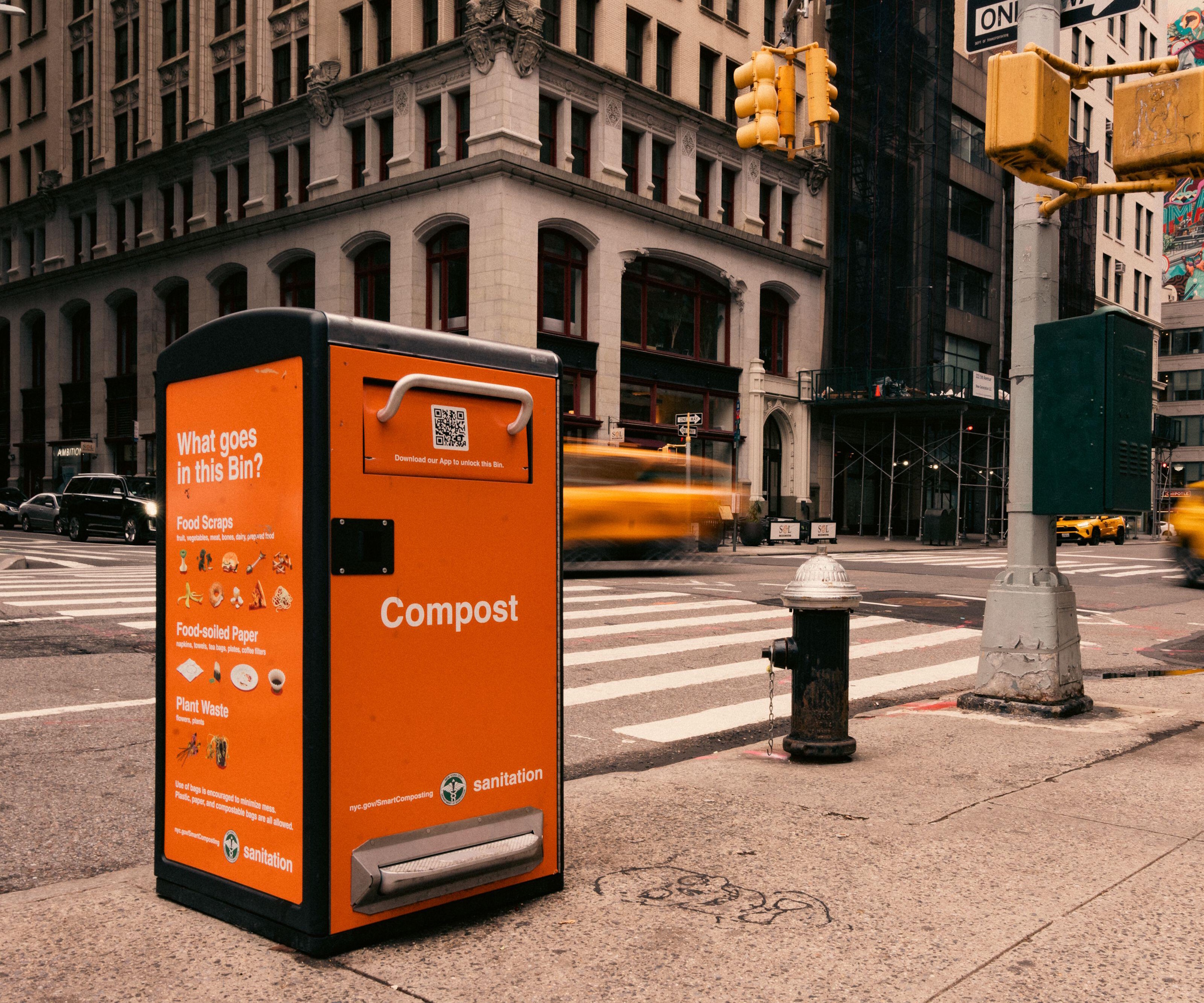
As well as obliging to the rules of Curbside Composting, there is a second way to compost in NYC – making use of Food-Scrap Drop Off. There are a couple of methods to choose from:
Smart Composting Bins (pictured above) are located across the city, where residents can dispose of 'All food scraps, food-soiled paper, and plant waste. This includes meat, bones, dairy, prepared foods, greasy uncoated paper plates and pizza boxes, and houseplants and flowers.'
These bins have to be unlocked using the NYC Compost app, keeping them secure between use. They're available to use 24/7 and are emptied on a regular basis.
Alternatively, you can use a Food-Scrap Drop Off Site. The DSNY advise:
'Some community gardens, parks, schools, and non-profit organizations have composting programs and will accept your food scraps and plant waste.'
Be aware that it is unlikely these sites will accept meat, fish, bones, dairy, oil, fat, or prepared food. It's worth looking up what the site you wish to use accepts before visiting.
In both cases of composting, you once again mustn't attempt to dispose of wrappers, pet waste, medical waste, diapers, foam, personal, hygiene products, metal glass, plastic, cartons, clean paper, or cardboard.
FAQs
Can I use any bin for Curbside Composting in NYC?
The New York Department of Sanitation advise: 'You can use any labeled bin, (maximum size of 55 gallons) with a secure lid.' You can also order a free Composting Bin label at nyc.gov/CompostingBinDecal. Alternatively, you can use the city-provided brown bin.
How can I make my own compost in NYC?
While the Curbside Composing program from DSNY sets out to collect compostable material from New York City residents, it is also possible for residents to make their own compost at home. This likely requires an urban composting set-up, such as a kitchen composter (from Amazon) or using a compact compost bin that would fit on a balcony (like this one from Amazon).
These regulations enforced by NYC have already increased the amount of composting happening in the city. If you're going to try making your own compost at home, try adopting methods to speed up composting, such as hot composting. This will allow you to maximize the small outdoor space typical of NYC living.
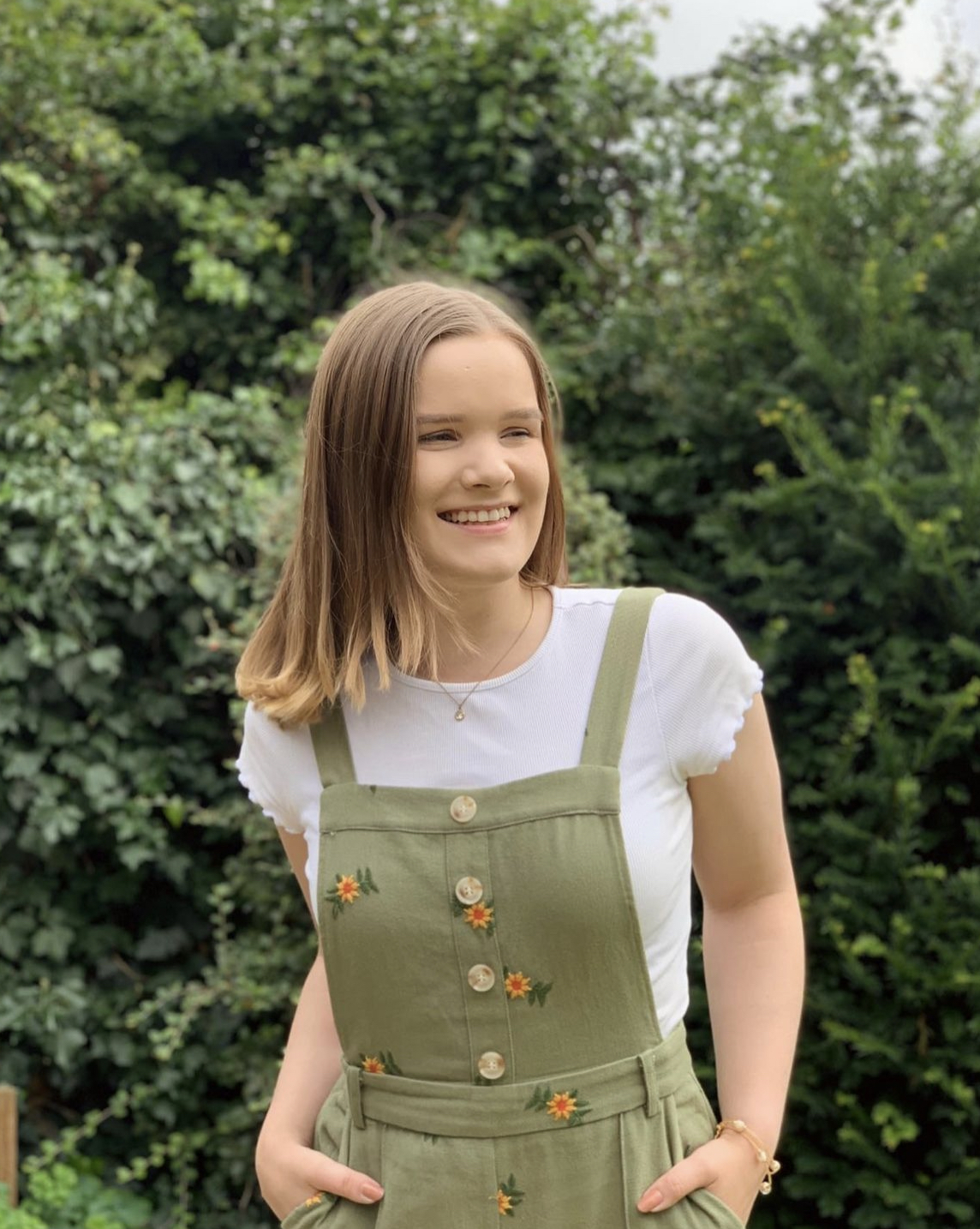
Tenielle is a Gardens Content Editor at Homes & Gardens. She holds a qualification in MA Magazine Journalism and has over six years of journalistic experience. Before coming to Homes & Gardens, Tenielle was in the editorial department at the Royal Horticultural Society and worked on The Garden magazine. As our in-house houseplant expert, Tenielle writes on a range of solutions to houseplant problems, as well as other 'how to' guides, inspiring garden projects, and the latest gardening news. When she isn't writing, Tenielle can be found propagating her ever-growing collection of indoor plants, helping others overcome common houseplant pests and diseases, volunteering at a local gardening club, and attending gardening workshops, like a composting masterclass.
